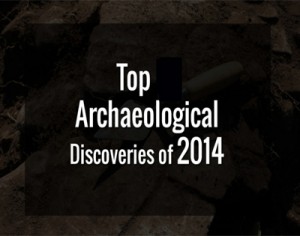Top Archaeological Discoveries of 2014
It’s been a mesmerizing year for archaeology around the globe, Ever since the innovation of the biggest known Greek tomb was announced in August, The Amphipolis tomb, which dates to the time of Alexander the Great, is a prime example of how archaeology can fascinate the public imagination.
Equally inspiring was the discovery, after decades upon decades of searching, of a ship that sank in Arctic waters in present-day Canada almost 170 years ago while looking for the Northwest way. That find was deemed so significant that Canadian Prime Minister Stephen Harper took it upon himself to make the official announcement.
Archaeologists were also hard at work in the lab squeezing as much imminent as possible out of limited proof. Analysis of 6,000-year-old funerary wrappings recognized that ancient Egyptians practiced artificial mummification much earlier than had been attention.
Genetic material from a skeleton found in an underwater cave in Mexico helped shed light on the connection between the first people to arrive in the Americas and modern Native Americans. And a clever approach to interpreting the genome of Neanderthals discovered factors beyond the raw genetic code that explain how they differed from recent humans.
This year’s finds span the globe and tens of thousands of years, but are united in indicating archaeology’s skill to uncover hidden truths. What better example than the revelation via remote-sensing technologies that Stonehenge is enclosed by thousands of yet-to-be-interpreted Neolithic archaeological features
